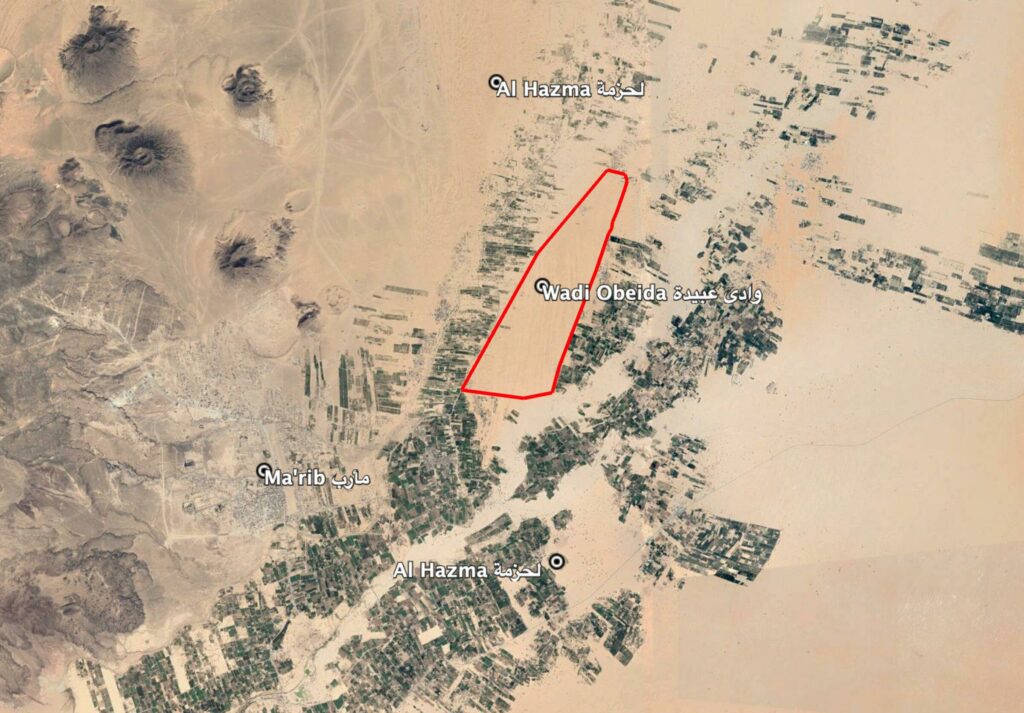Incident Code
Incident Date
Location
Geolocation
Geolocation
Airwars Assessment
(Previous Incident Code: YEMT220)
A US drone strike reportedly killed at least one alleged AQAP militant, possibly a key communications officer, in Al Hazma, in the Wadi Obeida area of Marib governorate, on May 13th 2020. There were no known associated reports of civilian harm.
According to academic Fatima Alasrar (@YemeniFatima), the strike targeted a house, injuring Abdullah Al-Maliki, a communications officer for AQAP, while killing a second alleged militant from Hadramout, named as Sharfan. According to this source, Al-Maliki’s leg was later amputated in hospital, but he was subsequently released.
A “senior US official”, however, later claimed to the New York Times that a CIA drone strike had killed al-Maliki, stating that he was “an important, emerging communications specialist, pushing out Al Qaeda’s message not just in Yemen but globally”. Likewise, “tribal sources” told Omana that a prominent “Saudi” AQAP leader had been killed in the strike. Given these varying reports, Airwars has assessed that, at minimum, one militant was reportedly killed, with a maximum of two. Likewise, a maximum of one militant was reportedly injured.
In a May 18th press conference, the US Department of Justice confirmed that “a counterterrorism operation targeting AQAP operative Abdullah al-Maliki… was recently conducted in Yemen”. Given that no other strikes were alleged to have targeted Al-Maliki, this event is treated as declared. US Central Command told Airwars that no US military strikes were conducted in Yemen during May 2020, effectively confirming that this was a CIA strike.
In that press conference, US Attorney General William P. Barr and FBI Director Christopher Wray indicated that information leading to the strike had been acquired from the phones of Mohammed Saeed Al-Shamrani, who had murdered three US sailors in a December 6th 2019 Pensacola shooting. Al-Maliki and Al-Shamrani had allegedly been in direct contact while the latter was in the US.
As the New York Times noted: “The FBI found that the gunman, Second Lt. Mohammed Saeed Alshamrani, a Saudi Air Force cadet training with the American military in Pensacola, had communicated with leaders of Al Qaeda in the Arabian Peninsula and had joined the Saudi military to carry out a ‘special operation,’ Attorney General William P. Barr said at a news conference… The evidence found on Mr. Alshamrani’s phone showed that the Pensacola attack was ‘the brutal culmination of years of planning and preparation’.”
“The al-Maliki group has been seriously degraded and I’m very pleased with the results,” Barr said, regarding the strike. A report by SITE Intelligence identified Al-Maliki with “an official AQAP media channel”, named “Abdullah al-Mujahid”.
SITE Intelligence executive director Rita Katz (@Rita_Katz) and academic Dr Elisabeth Kendall (@Dr_E_Kendall_) both noted that AQAP media output had severely declined since the strike. Since May 13th, online distribution of a lecture series by AQAP leader Khalid Batarfi had ceased, and the group later failed to issue a standard Eid greeting.
Key Information
Geolocation Notes
Reports of the incident mention the village of Al Hazma (لحزمة), allegedly immediately north-east of the city of Ma’rib (مأرب), within the Wadi Obeida (وادي عبيدة) area. The generic coordinates for Al Hazma are: 15.56667, 45.38333. It is important to note the existence of another Al Hazma, south-east of Ma’rib city, at these coordinates: 15.44646, 45.39902. Due to limited satellite imagery and information available to Airwars, we were unable to verify the location further.

Reports of the incident mention the village of Al Hazma (لحزمة), allegedly immediately north-east of the city of Ma’rib (مأرب), within the Wadi Obeida (وادي عبيدة) area. It is important to note the existence of another Al Hazma, south-east of Ma’rib city.
Imagery: Google Earth
